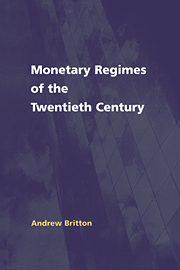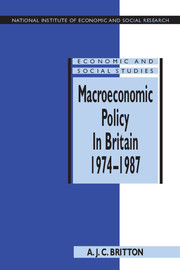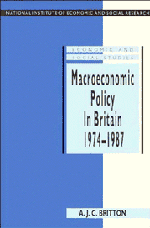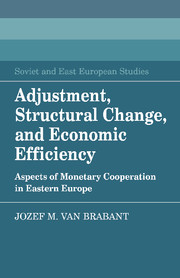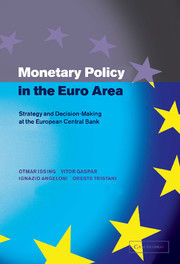Monetary Regimes of the Twentieth Century
Abstract economic theory may be timeless and potentially universal in its application, but macroeconomics has to be seen in its historical context. The nature of the policy regime, the behaviour of the economy and the beliefs of professional economists all interact, and influence each other. This short historical account of monetary regimes since 1900 shows how the role of policy has changed, and how this has related to experience of inflation and the real economy, as well as to changes in political philosophies. The narrative concentrates on developments in America, Europe and Japan from the era of the classical gold standard, via the era of policy intervention and reduced faith in the market to the present 'neo-liberal' regimes. The 'grand narrative' of the century is a journey 'to Utopia and back'. It is argued that no school of macroeconomics is right for all time; different theoretical models may be appropriate, for different periods and regimes.
- Major implications for government economists and civil servants
- Strong linkages to public and social policy questions
- Part of long running and prestigous series with one of world's best known economics departments
Reviews & endorsements
'No one interested in twentieth-century economic performance in the major economies should miss this book.' History
'Andrew Britton has provided us with a concise account of changing economic policy regimes in the twentieth century.' English Historical Review
Product details
June 2001Hardback
9780521801690
260 pages
236 × 159 × 24 mm
0.54kg
25 tables
Available
Table of Contents
- Introduction: economics and history
- 1. Before the First World War (1900–1914)
- 2. World War I and after
- 3. Crisis and depression (1925–1939)
- 4. World War II and after (1939–1950)
- 5. The Golden age (1950–1965)
- 6. Policy failure (1965–1980)
- 7. Liberalisation (1980–1990)
- 8. Back to the beginning? (1990–1999).

